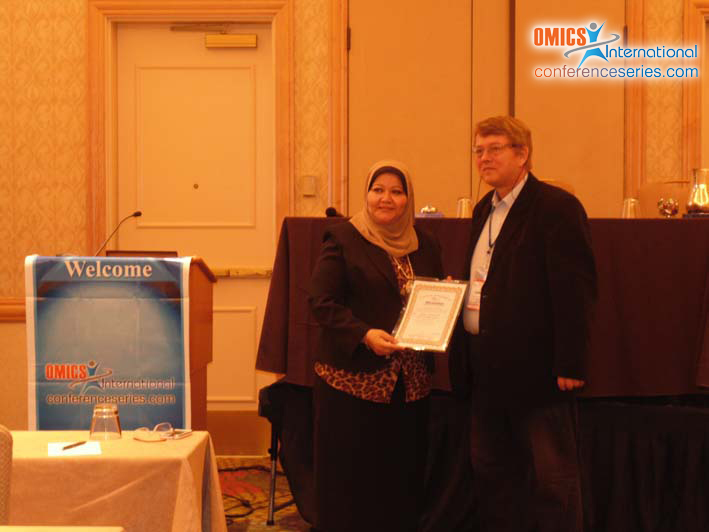
Nisreen E Mahmoud
Cairo University,
Egypt
Title: Fish-borne parasitic zoonoses: Impacts, prevention and control
Biography
Biography: Nisreen E Mahmoud
Abstract
Worldwide, humans suff er from numerous parasitic food borne zoonoses. Th e parasitic zoonoses of concern in this workshop are those mostly helminthic diseases caused by trematodes, cestodes and nematodes that transmitted from freshwater, brackish and marine fi sh causing gastroenteritis and other health problems. In the past, these diseases were limited mostly to populations living in developed, low- and middle-income countries, but the populations at risk are now expanding and changing due to many factors .Th e World Health Organization and the Food and Agriculture Organization of the United Nations estimate that more than18 million persons were infected with fi sh-borne zoonotic trematodes in 2002 and the World Health Organization recently added fi sh-borne zoonotic trematodes infections to its list of emerging infectious diseases. Th e recognition of the public health signifi cance of these zoonoses, their links to poverty and cultural traditions, with the lack of tools for control is also increasing. In addition, many developed countries recognized meat-borne zoonoses such as trichinellosis and cysticercosis, but fewer are acquainted with fi sh-borne parasitic zoonoses like intestinal trematodiasis, anisakiasis or diphyllobothriasis. Th e aim of this workshop is to draw attention to the problem of these zoonoses and, hopefully, inspire greater eff orts to acquire reliable global impact assessments and to develop scientifi c basis for designing their prevention and control programs. We will focus on fi sh-borne parasitic zoonoses that are currently considered the most signifi cant and also present references to others that occur in various regions. Th e emphasis is on basic biological and epidemiological features so as spot light on gaps that need greater research investment, eff ective prevention and control strategies.



